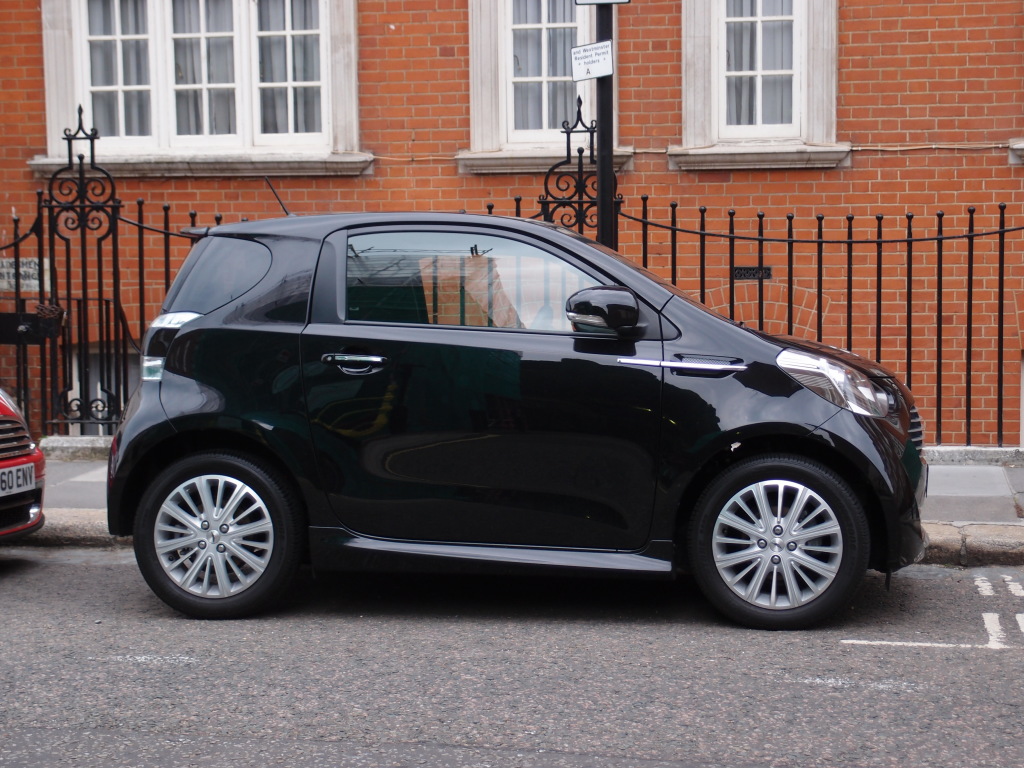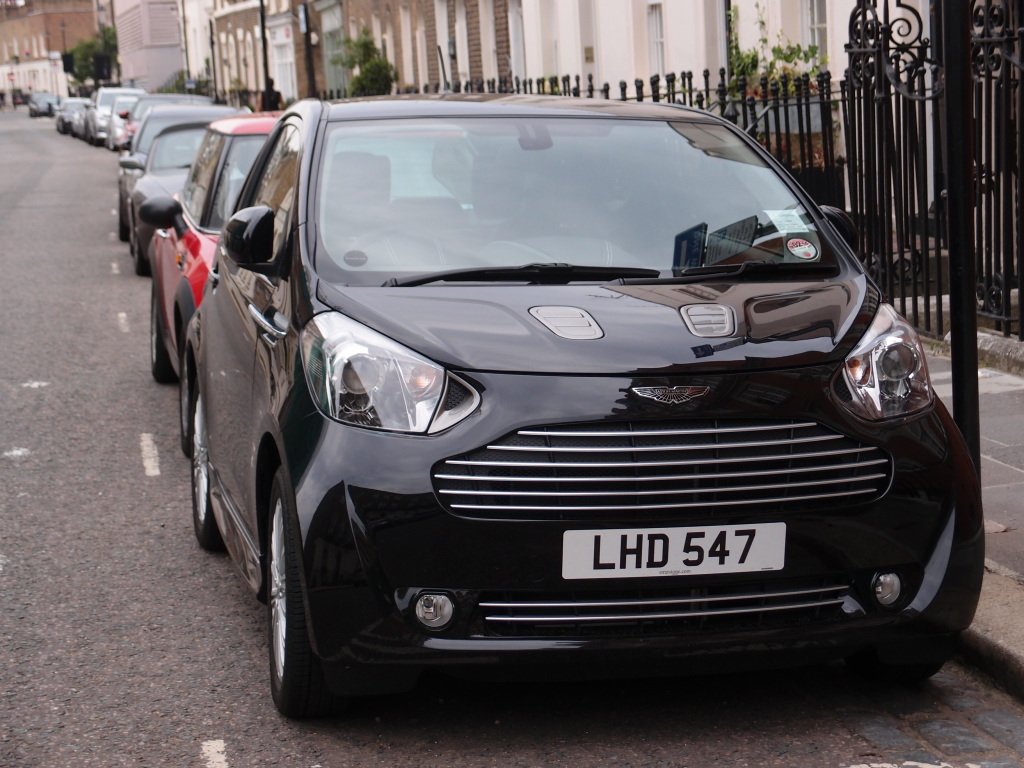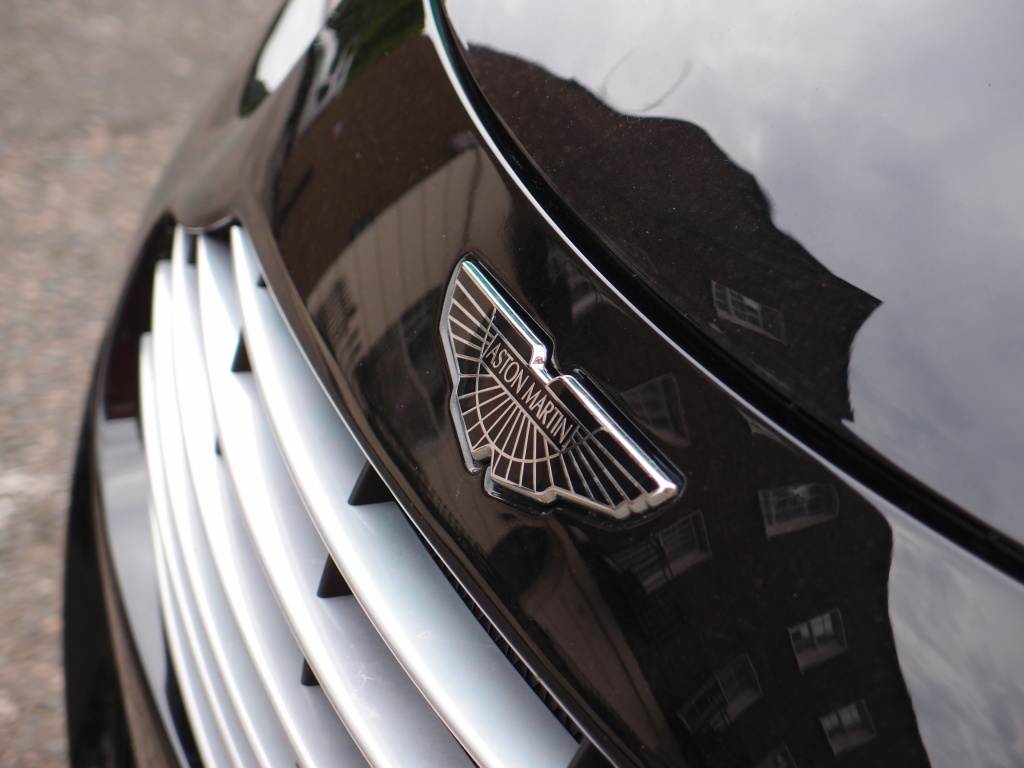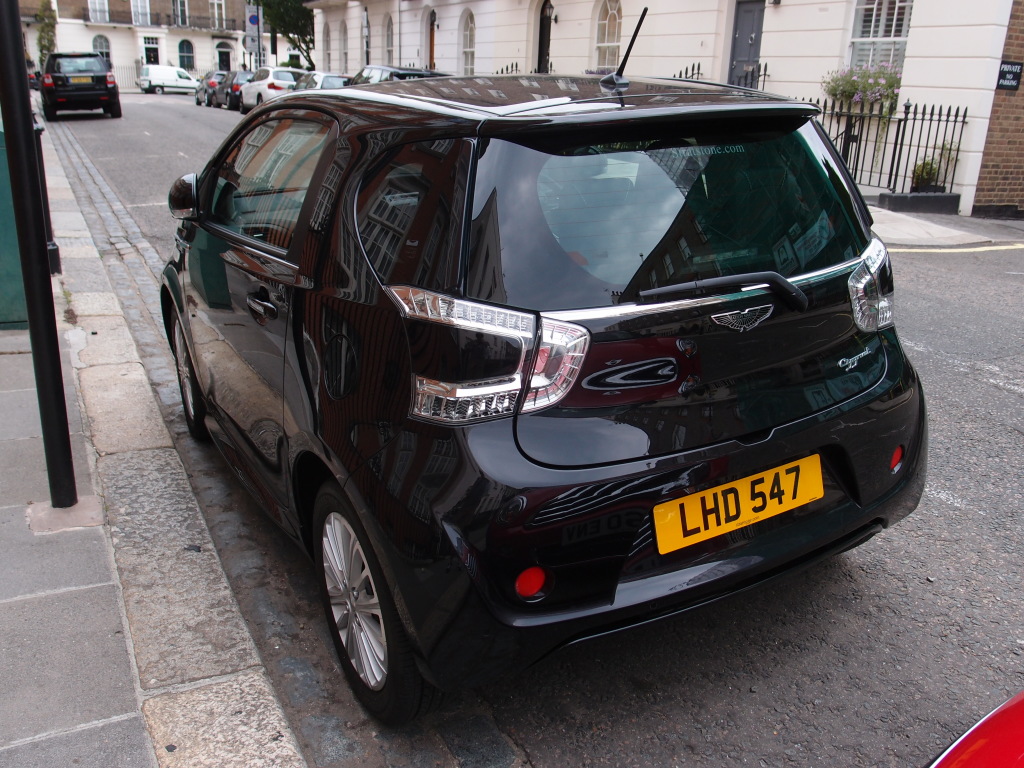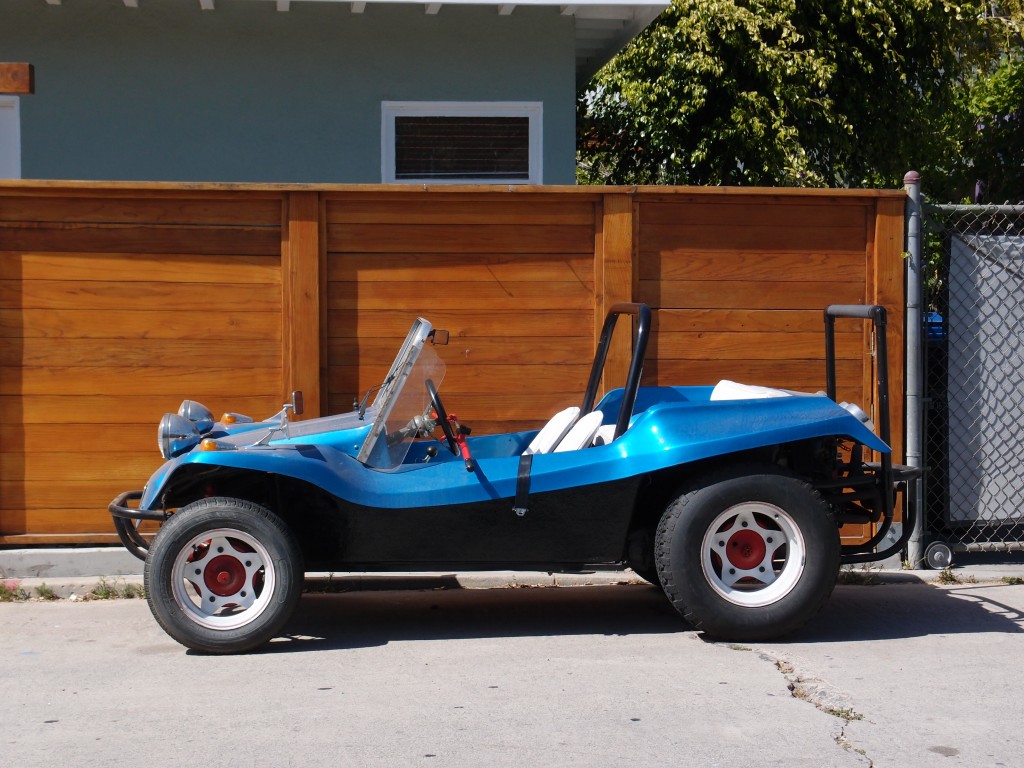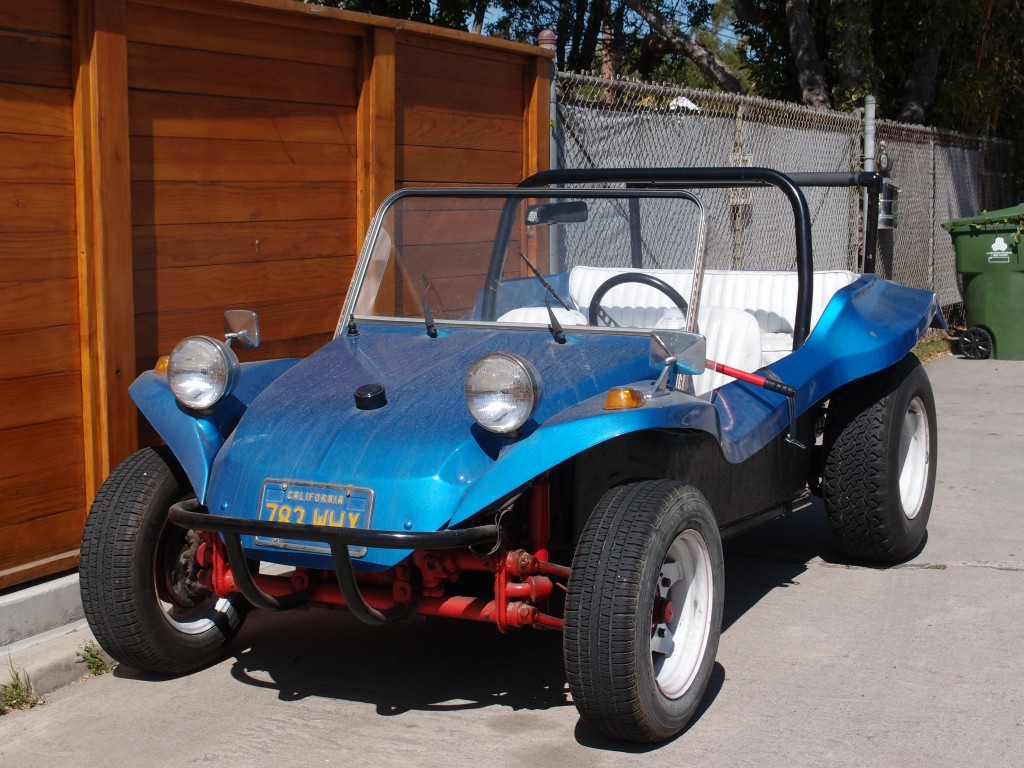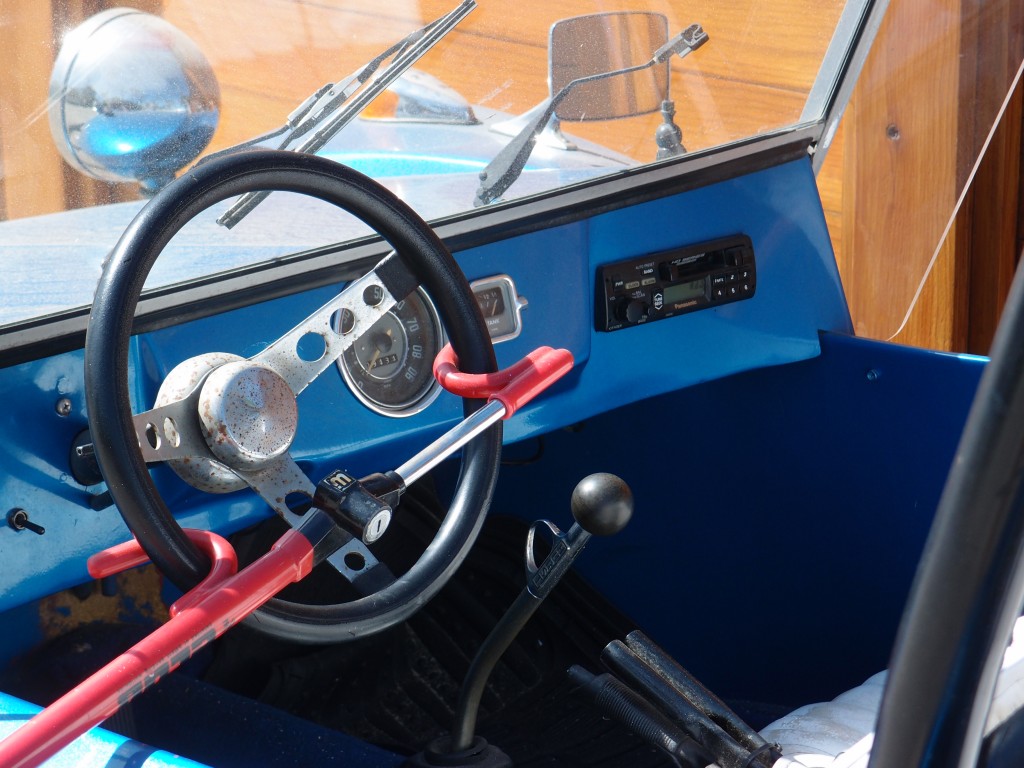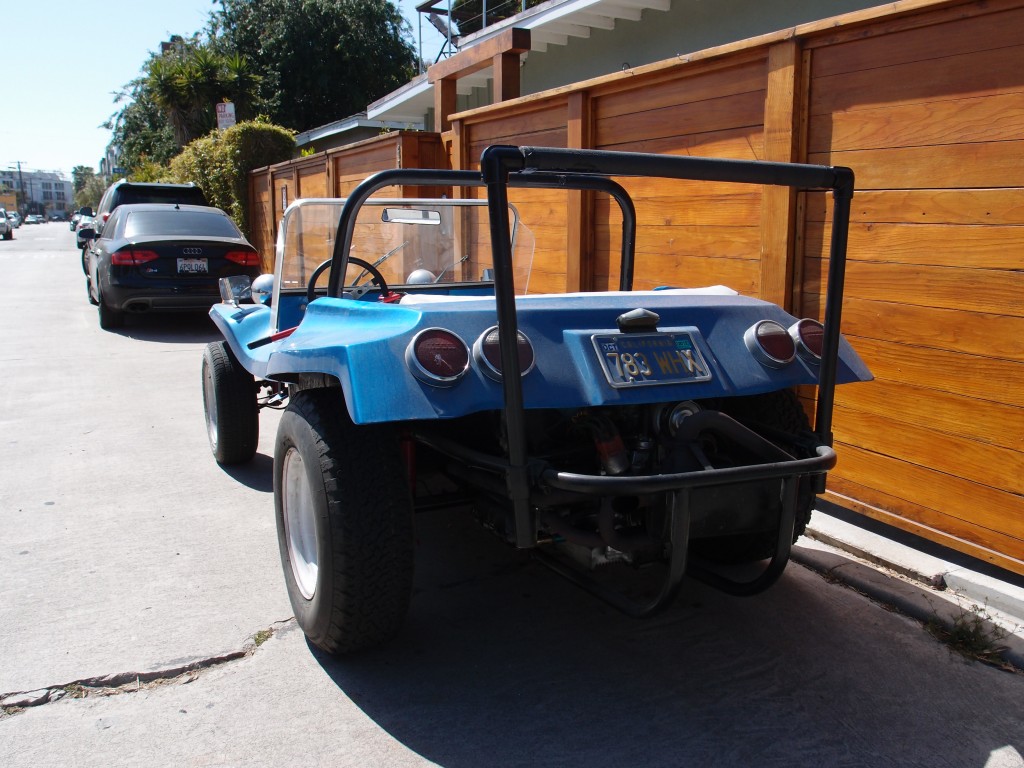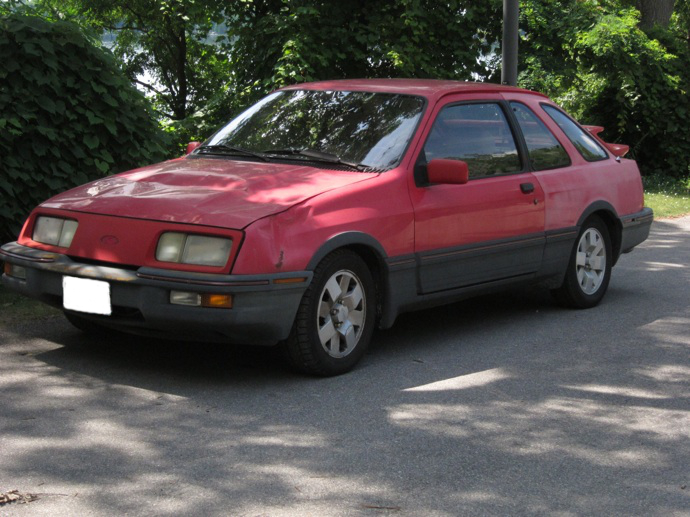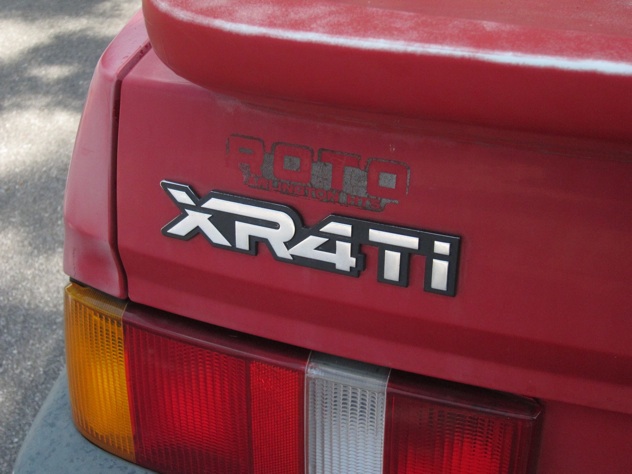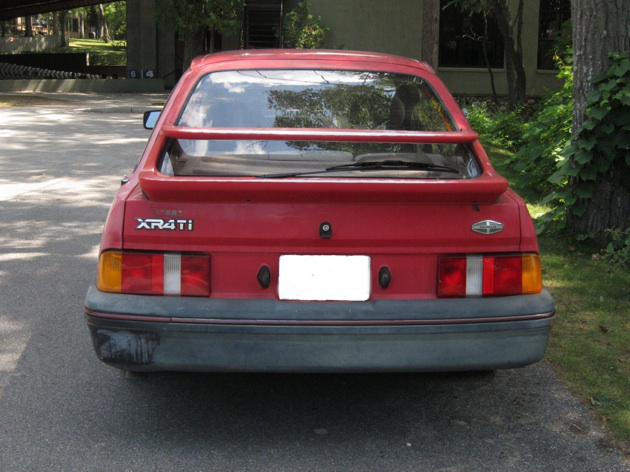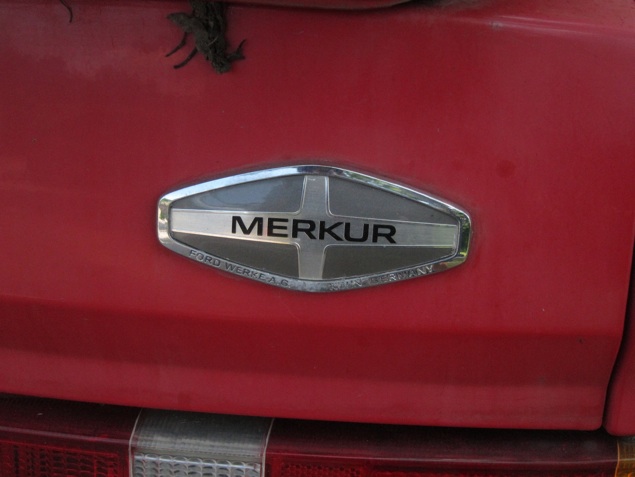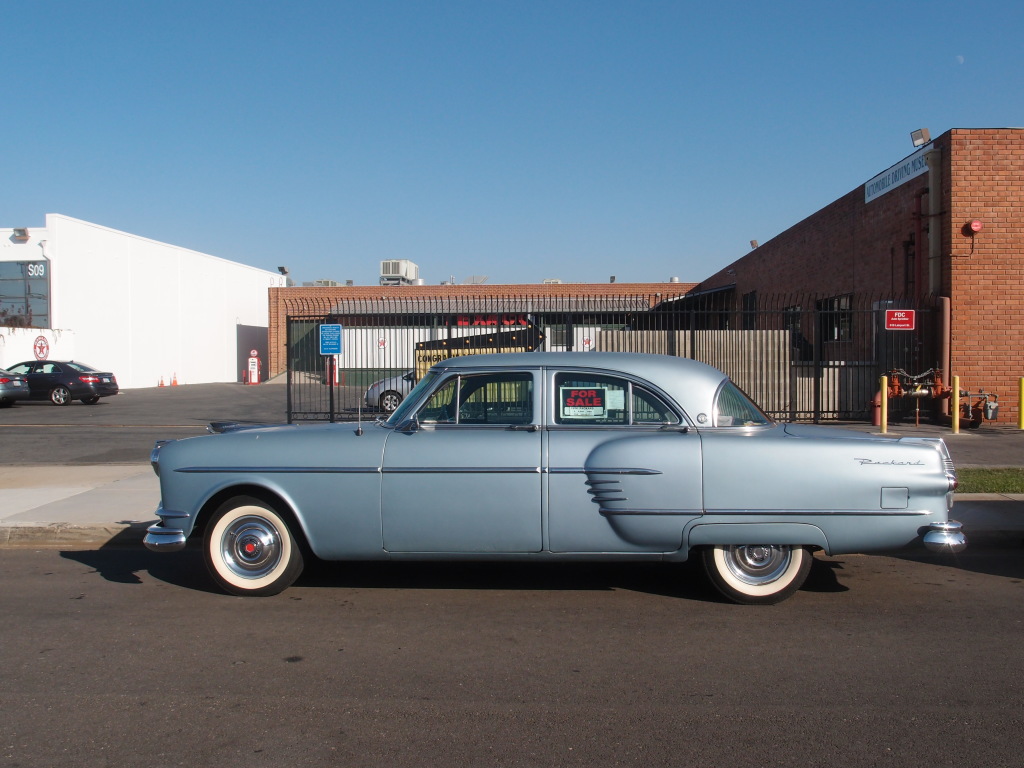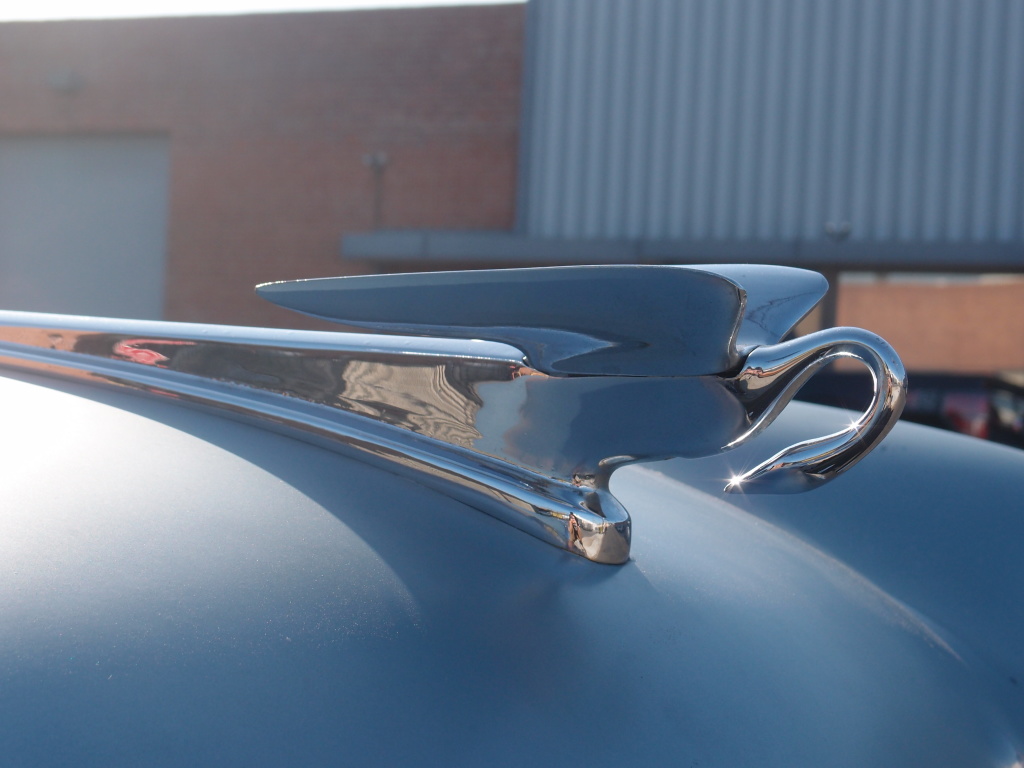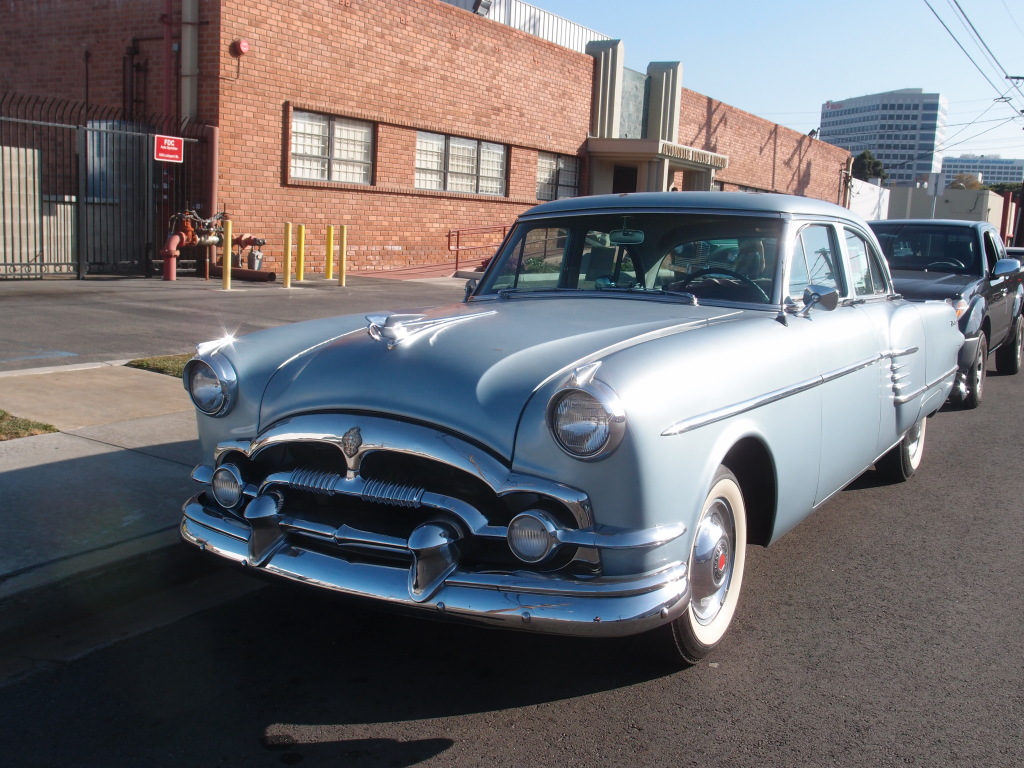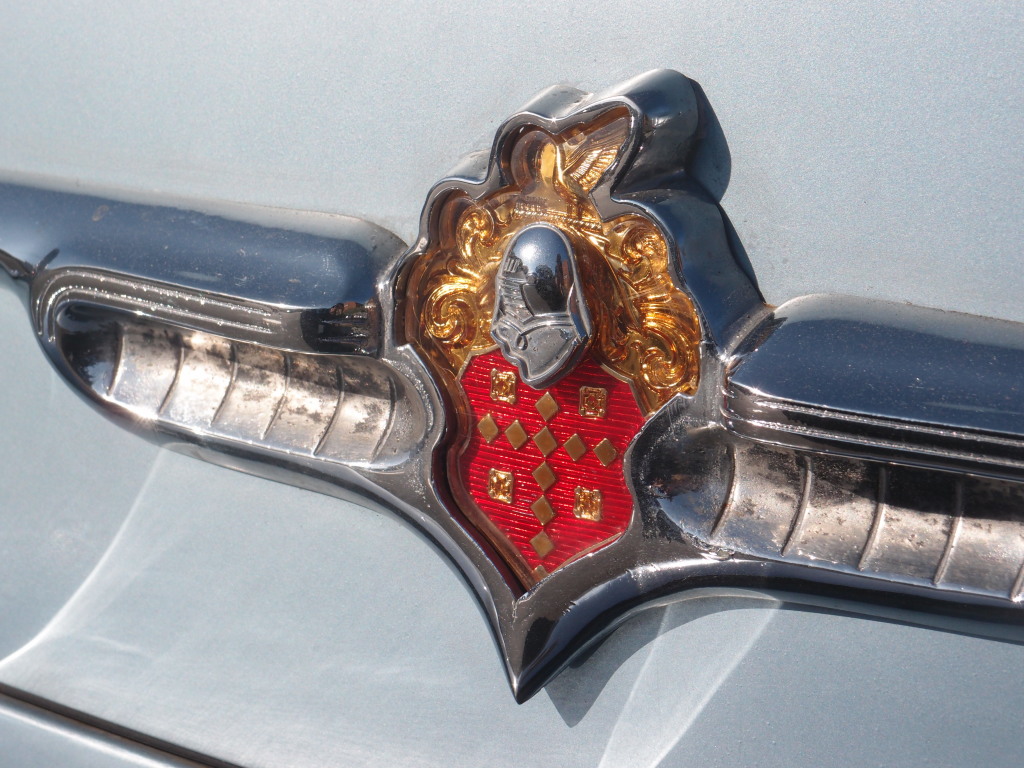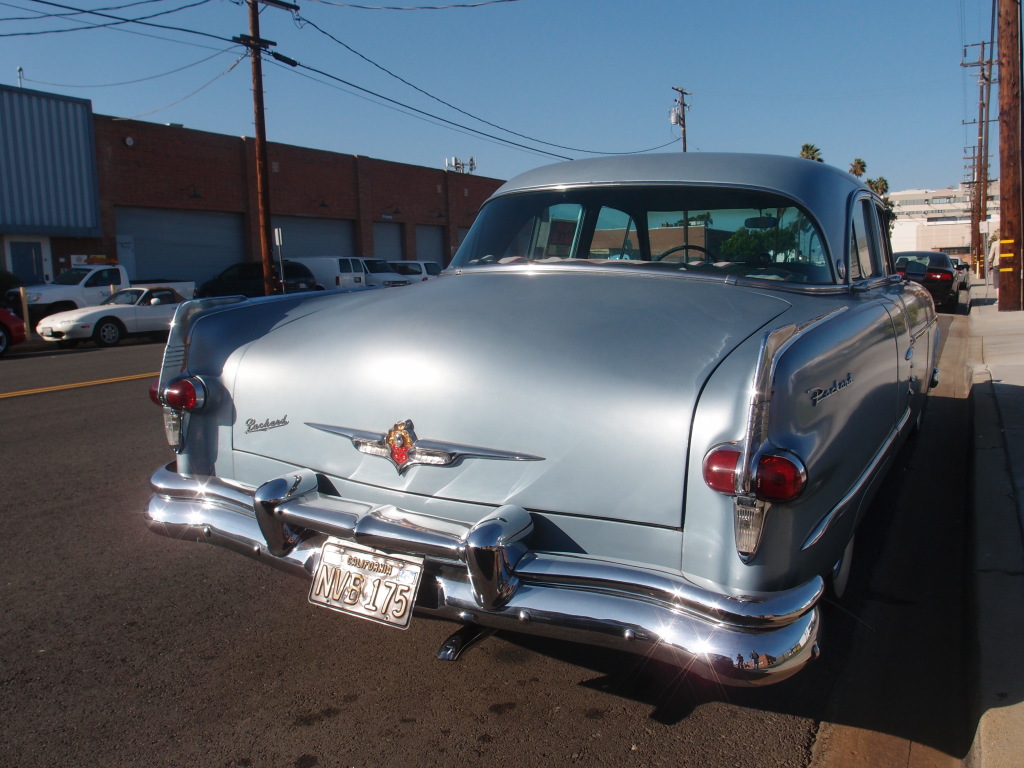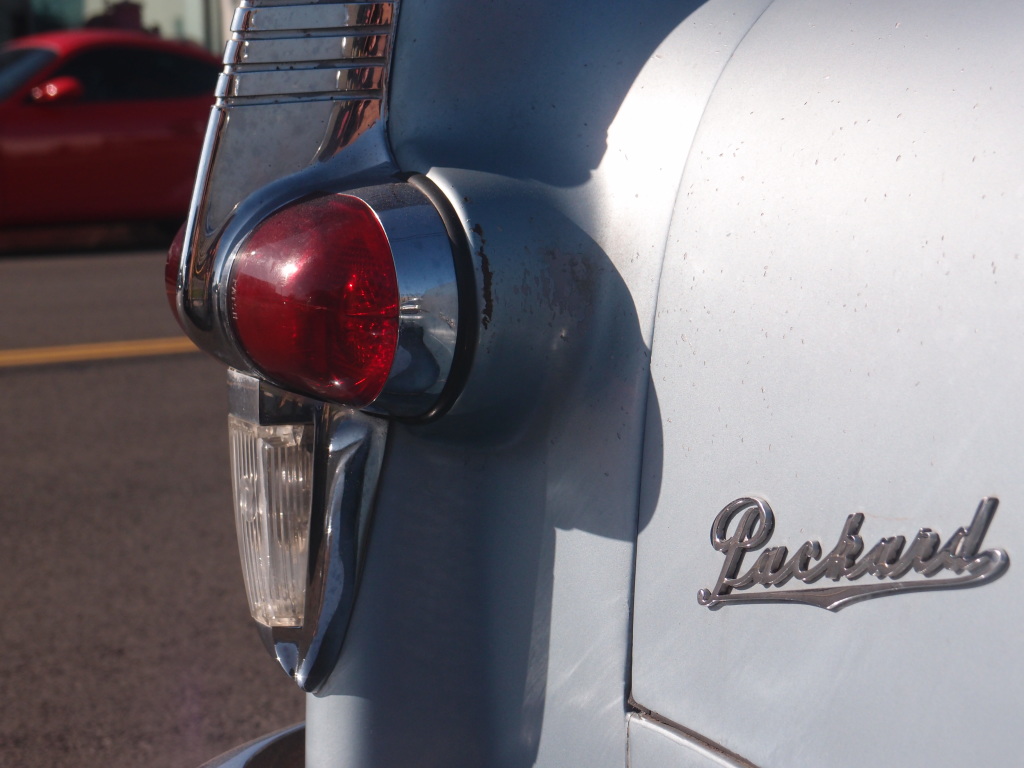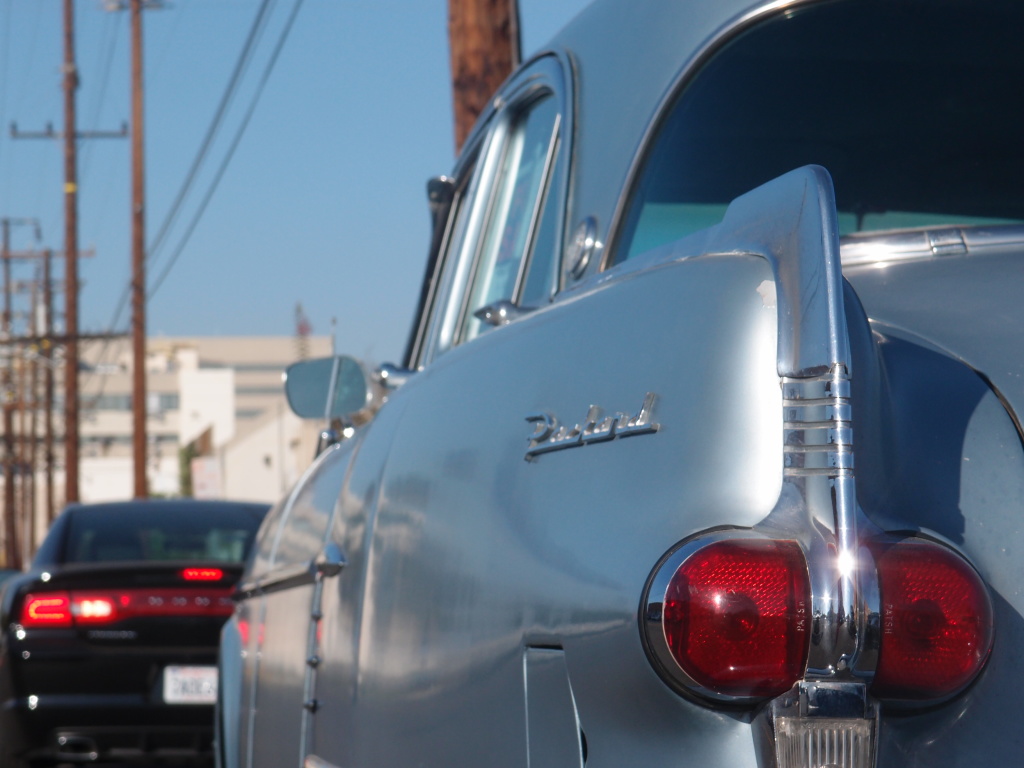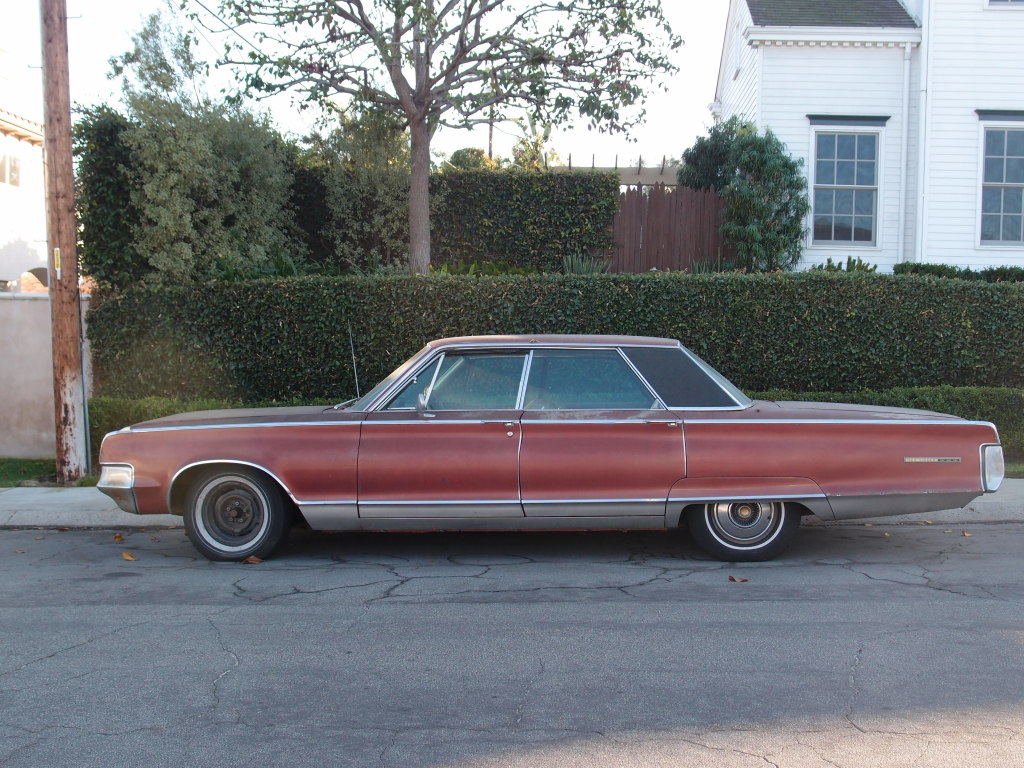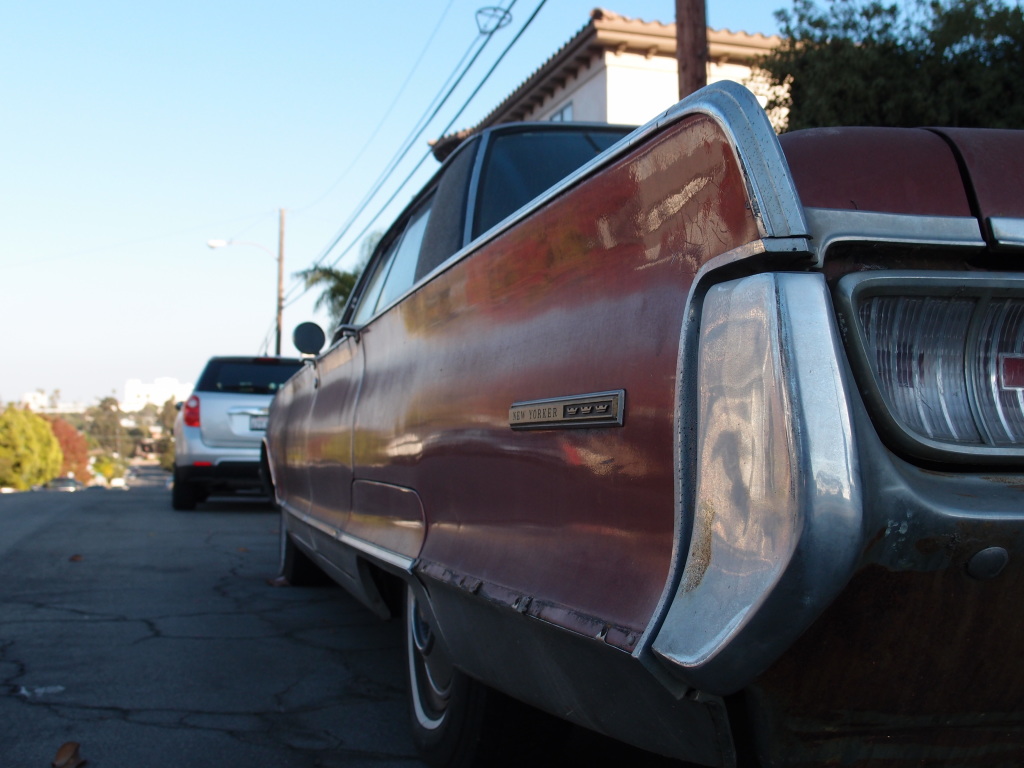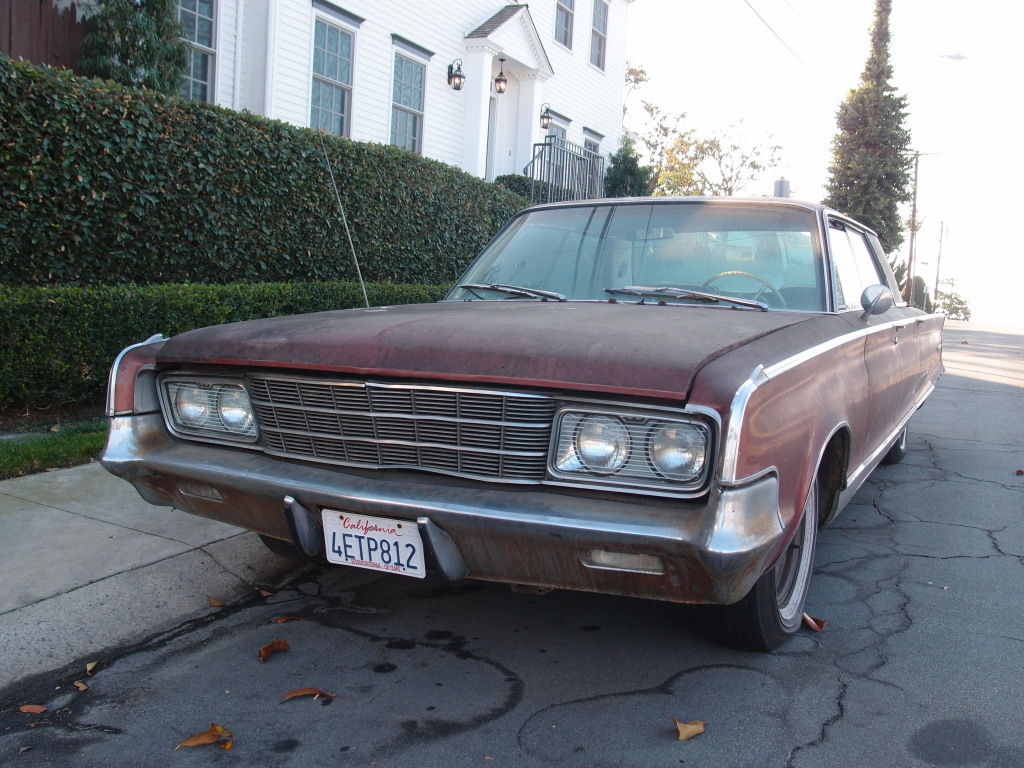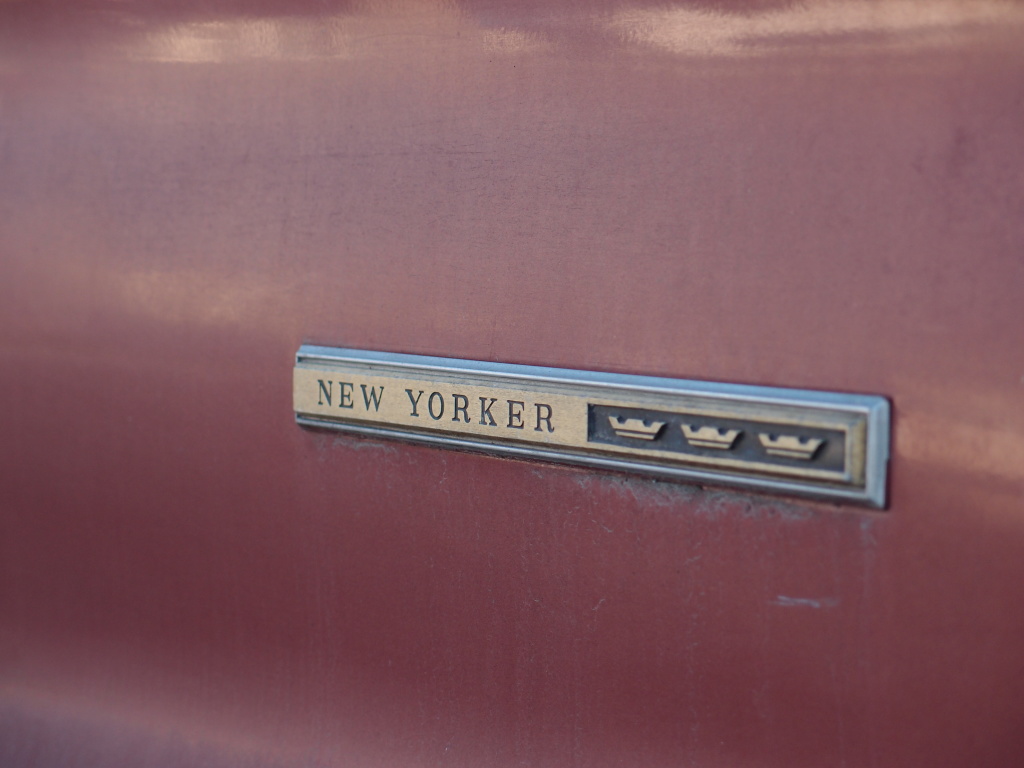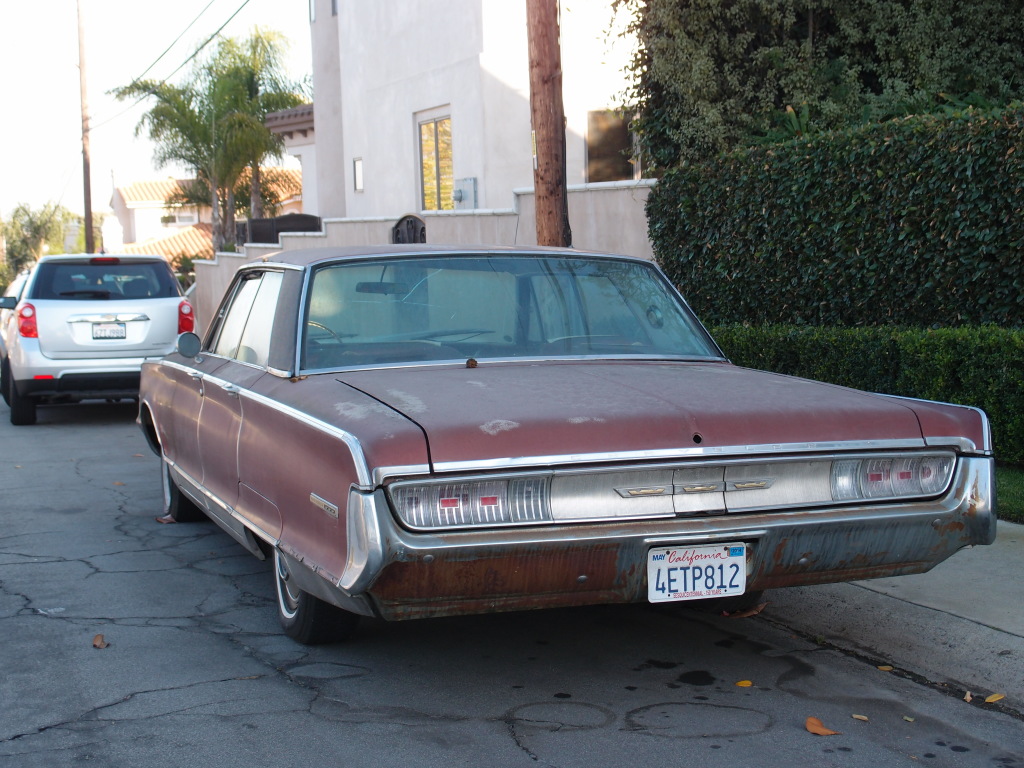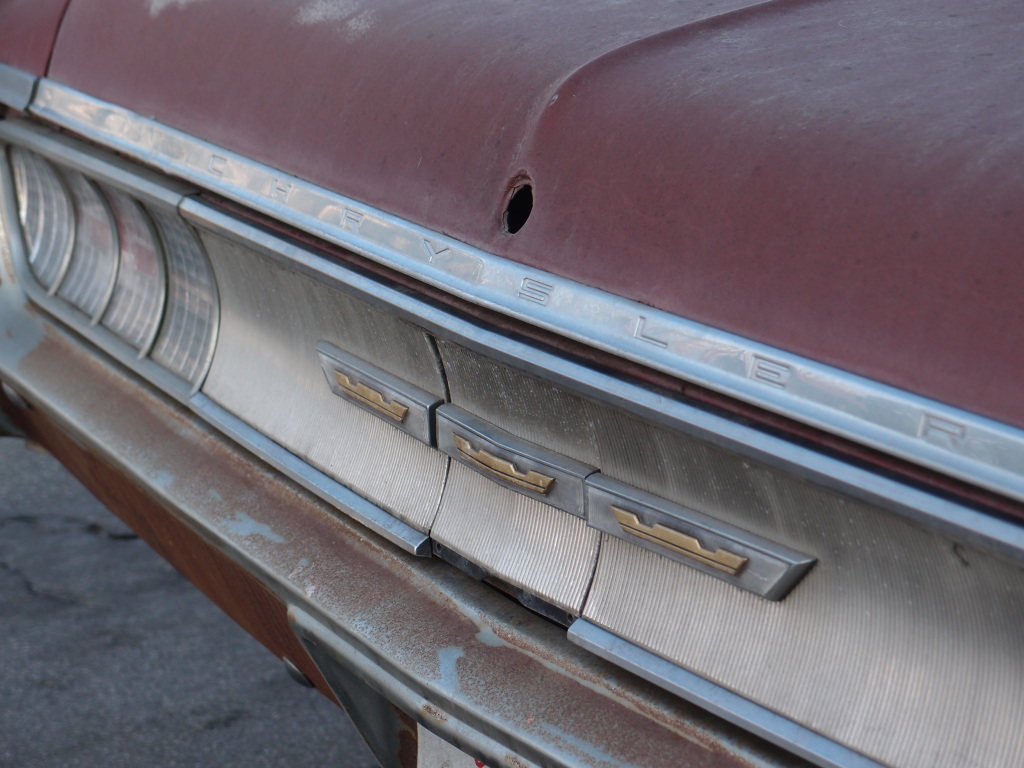Stolid and unassuming, this ugly duckling may be one of the rarest cars I’ve ever come across in the wild. Some executive in Warwickshire evidently thought it would be a grand idea to take a £11,000 city car, slap on an Aston Martin badge and a fancy interior, and sell it for £32,000. That’s $51,000. For a Toyota iQ. It’s no wonder this project fell flat on its face, as the quota of 4,000 sales a year was never even approached. And by never approached, I mean it was never even in the realm of possibility. In three years of marketing this car, Aston Martin shifted fewer than 150 units. That’s 50 a year. Take the Bugatti Veyron, for example–the most expensive, most exclusive supercar the world has ever known. Bugatti capped production of this engineering masterpiece at 450 units, to ensure rarity. That’s still three times as many Veyrons on the road as Cygnets. So if any of you happen to live in London and you spot one puttering past, snap a photo–they won’t be around for long.
London, England
Photographed July 2013

